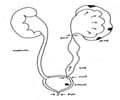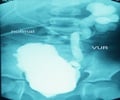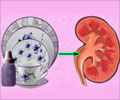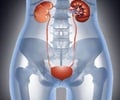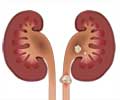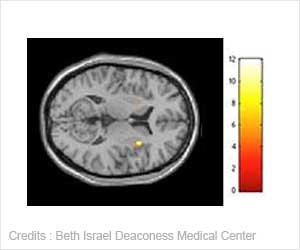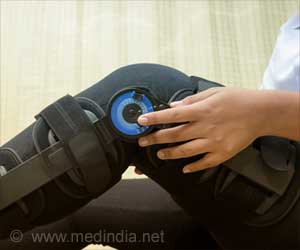A novel method to help kidney stone sufferers has been found by researchers in France, to ensure the correct and most effective treatment possible.

Cystine stones, of which there are two forms, are composed of tiny micrometre-size crystallites, which are made up of a collection of nanocrystals. Both forms of cystine stone behave in a particular way under different chemical conditions induced by the drug or drugs administered. By crystallographic techniques Dominique Bazin, Director of Research at Université Paris-Sud 11, France (now at LCMCP-College de France), and co-workers [J. Appl. Cryst. (2014). 47, 719-725; doi:10.1107/S1600576714004658] were able to understand how some of the methods employed to medically treat the stones have different effects on the stone, from reducing the size of both nanocrystals and crystallites to changing the shape and space occupied by the crystallites at the macroscale.
Clear evidence is now available to help doctors diagnose and prescribe the correct drugs for patients with kidney stones more successfully. Trials did indicate, however, that a lot of the success that can be seen in recovery rates and non-recurrence does depend on the patient also complying with the drug regime prescribed.
Source-Eurekalert
 MEDINDIA
MEDINDIA


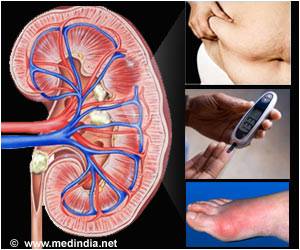

 Email
Email

